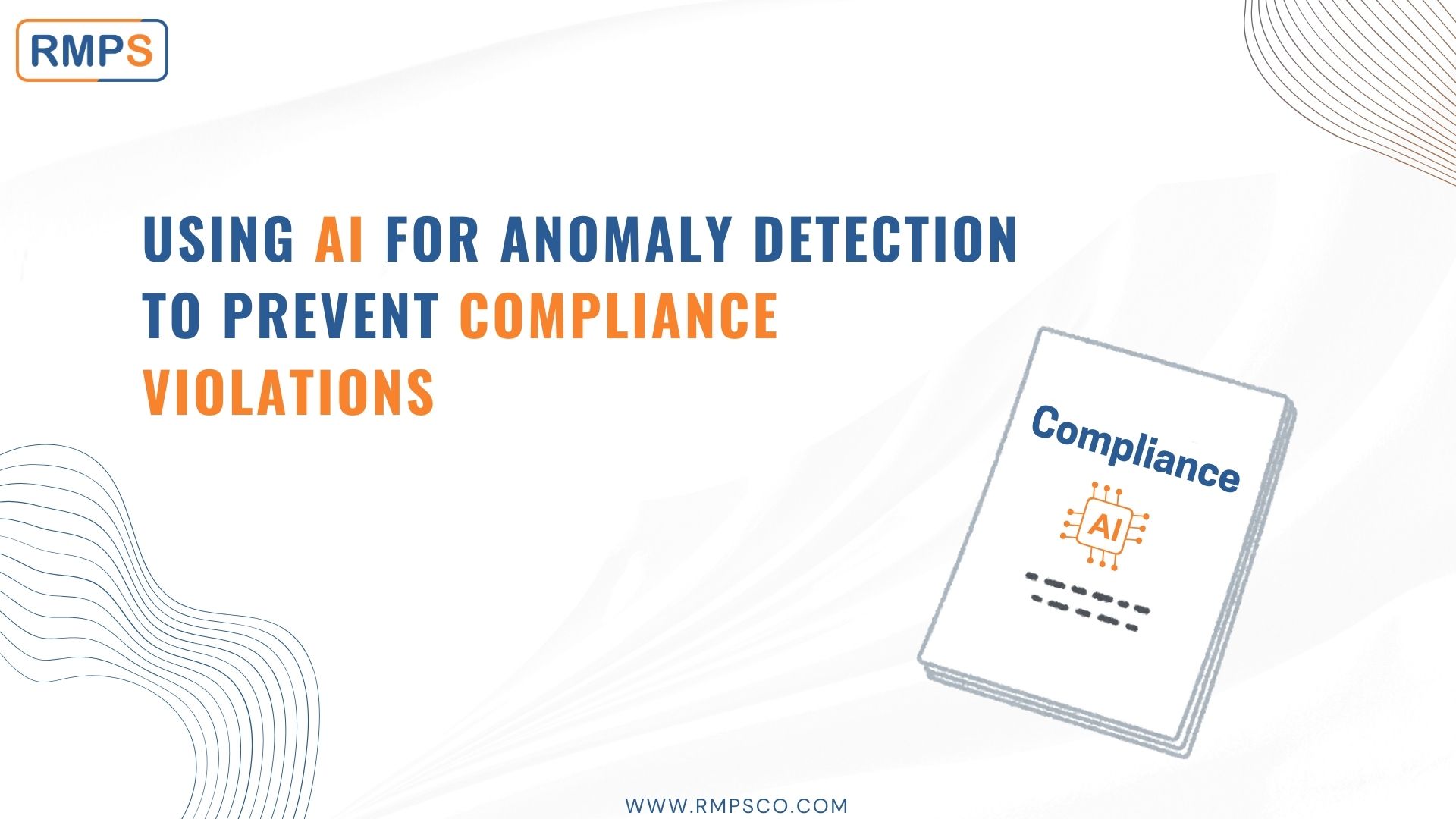
In today’s stringent regulatory environment, mastering the detection of anomalies in financial data is essential for preventing compliance violations. Understanding how to identify these anomalies can significantly impact an organization’s ability to adhere to compliance standards.
Understanding Anomalies as Compliance Red Flags
Anomalies in financial data often serve as early warning signs of compliance violations. These anomalies, which can manifest as unexpected transactions, discrepancies between records, or unusual financial patterns, may indicate underlying issues that could breach regulatory requirements. The early identification of these anomalies is crucial, as they may signal potential errors, fraud, or other compliance-related concerns.
Compliance violations can manifest in various forms, including financial misstatements, fraudulent transactions, or breaches of internal controls. When anomalies are detected, they must be investigated thoroughly to determine their root cause. Addressing these anomalies proactively helps prevent minor issues from escalating into significant compliance breaches, thus safeguarding the organization’s financial health and regulatory standing.
Challenges in Detecting Compliance Violations
The challenge of detecting compliance violations lies in the sheer volume and complexity of financial data. Manual detection methods are often insufficient due to the extensive amount of data and the sophisticated nature of potential violations. Human error and oversight can lead to missed anomalies, which can result in unaddressed compliance issues.
Manual methods of anomaly detection are prone to inconsistencies and inefficiencies. Common problems include errors in data entry, overlooked irregularities, and misinterpretations of financial patterns. Therefore, automated anomaly detection systems are increasingly employed to address these challenges. These systems provide a more accurate and timely approach to identifying potential compliance violations.
Benefits of Automated Detection in Preventing Compliance Violations
Automated anomaly detection systems leverage advanced algorithms and machine learning techniques to identify compliance violations efficiently. These systems analyze historical data to detect outliers and unusual patterns that may indicate potential breaches. Real-time alerts are generated when anomalies are identified, allowing for immediate corrective actions.
The benefits of automated detection systems are substantial. Firstly, they enhance the accuracy of anomaly detection by minimizing human error. Secondly, they provide timely alerts, enabling swift responses to potential compliance issues. Thirdly, automated systems can analyze large datasets rapidly, making them suitable for modern financial management environments. This proactive approach helps organizations address potential issues before they escalate into serious compliance breaches.
Key Indicators of Compliance Violations
Several key indicators can signal potential compliance violations. Discrepancies in financial statements, such as mismatches between reported figures and actual figures, are common signs of potential breaches. Sudden spikes in transaction volumes, inconsistencies in invoice processing, and unauthorized access to financial systems can also indicate compliance violations.
Regular monitoring of these indicators is essential for maintaining regulatory compliance. By detecting and addressing potential violations early, organizations can mitigate risks and ensure adherence to regulatory standards. Effective monitoring helps prevent compliance issues from developing into significant problems, thereby safeguarding the organization’s financial integrity.
Technological Solutions for Enhancing Compliance Detection
Technological advancements have significantly improved compliance-focused anomaly detection. Tools such as predictive analytics, data visualization platforms, and AI-driven algorithms offer powerful solutions for identifying potential compliance violations.
Predictive analytics can forecast potential anomalies based on historical data, helping to anticipate and address potential issues before they occur. Data visualization platforms enable the easy identification of deviations from expected financial patterns, making it simpler to spot anomalies. AI-driven algorithms enhance detection accuracy by continuously learning from historical data and adapting to new patterns. These technologies collectively support a comprehensive approach to preventing compliance breaches.
Best Practices for Compliance-Focused Anomaly Detection
Implementing best practices is crucial for effective anomaly detection and ensuring compliance. These practices include:
- Data Validation and Cleansing: Regular validation and cleansing of financial data ensure its accuracy and integrity. This step helps eliminate errors and inconsistencies that could lead to compliance issues.
- Continuous Monitoring: Utilizing real-time monitoring systems allows for the prompt detection of anomalies and potential compliance issues. Continuous monitoring helps in identifying and addressing issues before they escalate.
- Cross-Functional Collaboration: Collaboration among finance, IT, and compliance teams enhances the effectiveness of anomaly detection efforts. By working together, these teams can address potential issues more comprehensively.
- Regular Audits and Reviews: Frequent audits and reviews of financial processes and controls help in identifying vulnerabilities and ensuring compliance. Regular scrutiny helps in maintaining regulatory standards and addressing potential breaches.
Conclusion
Detecting anomalies in financial data is a proactive strategy essential for preventing compliance violations. By leveraging advanced technologies and adhering to best practices, organizations can effectively mitigate risks and maintain regulatory compliance. Automated detection systems play a crucial role in identifying deviations from expected patterns, enabling timely responses to compliance issues.
Website : Ai Extensive
This article is only a knowledge-sharing initiative and is based on the Relevant Provisions as applicable and as per the information existing at the time of the preparation. In no event, RMPS & Co. or the Author or any other persons be liable for any direct and indirect result from this Article or any inadvertent omission of the provisions, update, etc if any.
Published on: July 23, 2024
